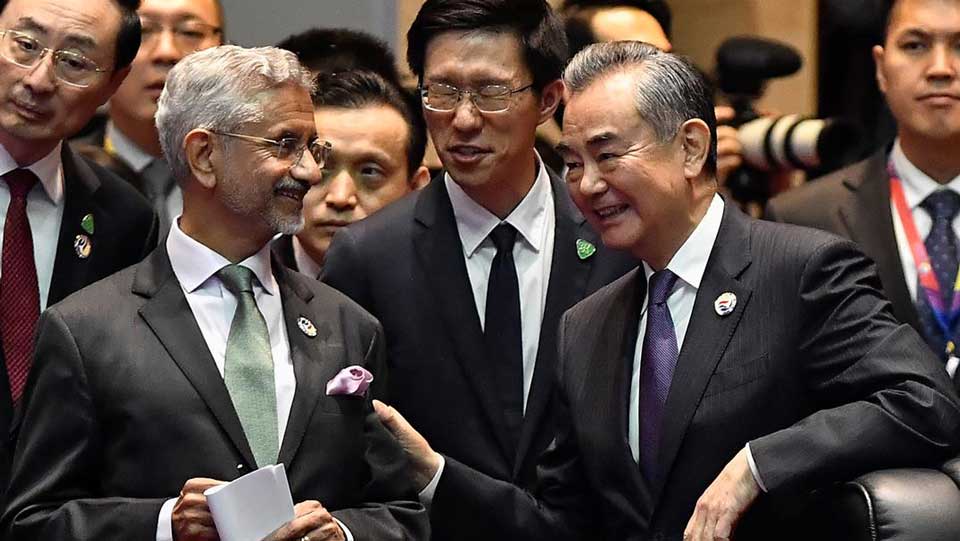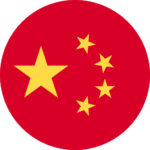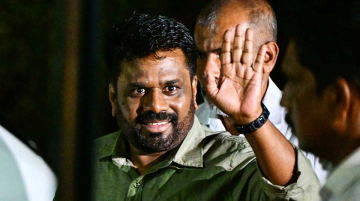
India and China’s border dispute has been resolved by three-quarters, said Indian External Affairs Minister Subrahmanyam Jaishankar. This is the latest signal of subtle shifts in one of the world’s most momentous geopolitical relationships.
While the relationship has long been contentious, it was plunged into the deep freeze by a deadly incident of hand-to-hand combat between Chinese and Indian soldiers on the Line of Actual Control (LAC), the name for their disputed border. Since then, exchanges between the two sides have virtually ground to zero.
Jaishankar’s comments at the Asia Society in New York were preceded by an uptick in diplomatic meetings and signals from New Delhi that it might be more open to Chinese investment following several years of increasing pressure on Chinese companies.
More concretely, China appointed Xu Feihong as its new ambassador to India in May after the post was vacant for eighteen months. Xu has since added to signals of a thaw.
Speaking at a ceremony marking the 75th anniversary of the founding of the People’s Republic of China, he said: “President Xi and Prime Minister Modi have reached a key consensus that China and India are not rivals or threats but partners in pursuing cooperation and development opportunities.”
Warmer relations between Asia’s foremost economies could have global implications. “I think the India-China relationship is key to the future of Asia. In a way, you can say, if the world is to be multipolar, Asia has to be multipolar,” Jaishankar said. He added that improving ties could “influence not just the future of Asia, but in that way, perhaps the future of the world as well.”
India has emerged as a complex geopolitical player, maintaining memberships in both Chinese-centric groupings like the Shanghai Cooperation Organization and BRICS, while also working increasingly closely with the U.S.-led Quad, while also pointedly remaining close with Russia.
Jaishankar denied that these complexities weaken its cooperation with the United States: “We can chew gum and walk at the same time.” He went on to say that the Quad represents a convenient, “non-treaty” way to engage with other powers: “I think it’s the future.”
Challenges and Opportunities
- BORDER: Jaishankar was quick to point out that the remaining border disputes between the two powers remain the toughest to solve: “When I said 75 percent of it has been sorted out—I was asked in a way to quantify—it’s only of the disengagement. So that’s one part of the problem. The main issue right now is the patrolling. You know, how do we, both of us, patrol up to the Line of Actual Control […] Some of the patrolling issues need to be resolved, but once we deal with the disengagement, there is the larger issue, which both of us have brought very large number of troops up to the border. This is what we call the de-escalation issue.”
- ECONOMIC COOPERATION: Indian and Chinese companies have found it challenging to navigate the political chill, with business visas and investments coming under ongoing official scrutiny. However, India has benefited from companies shifting some of their operations to India as part of lessening risk from Western sanctions, known as the China+1 strategy. Delhi’s Ministry of Finance recently broke with the political consensus by calling for an increase in Chinese foreign direct investment.
WHY IS THIS IMPORTANT? Closer cooperation between India and China could further shift the center of the global economy to Asia and produce a new, more Asia-centric world order in the process. However, such cooperation would depend on navigating domestic nationalism on both sides.
SUGGESTED READING:
- South Asian Voices: Are India-China Ties on the Mend? by Ashu Maan
- Asia Society: S. Jaishankar Speaks about India, China, and the United States at the Asia Society New York







